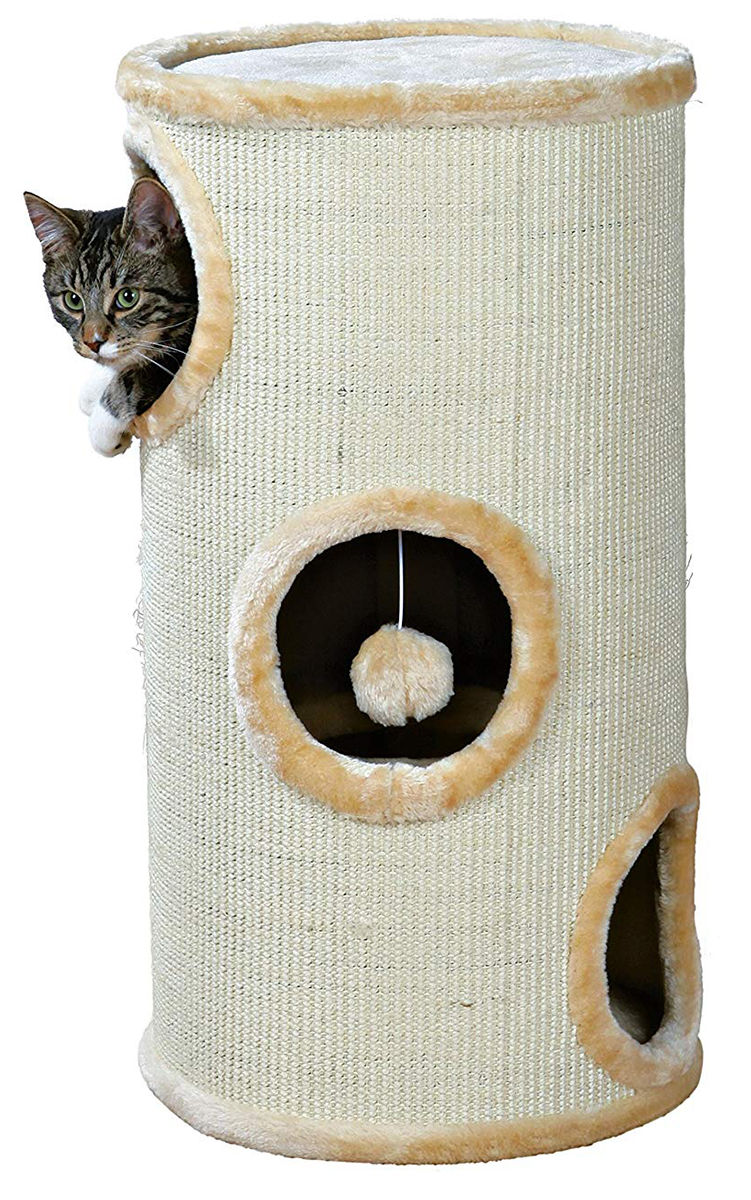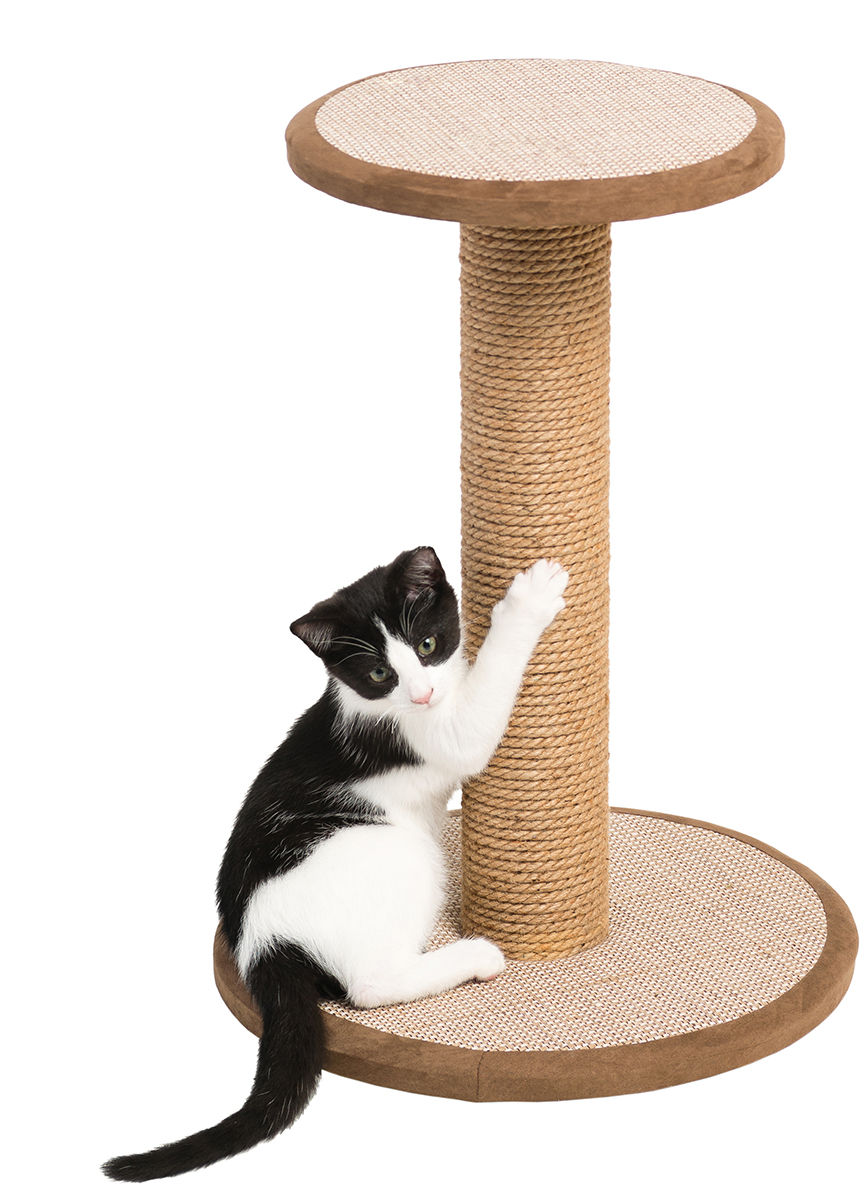10 Ways to Reduce Your Cat's Fear and Anxiety
- molly6383
- Oct 19, 2021
- 4 min read

Cats have needs that are very different from other species. Because they are both predator and prey, they go through life thinking that something might eat them at any minute. They are also highly territorial, making them home bodies that aren't generally comfortable with adventurous outings. Below are 10 things your cat needs to reduce stress and fear.

1. Private Places – Even the most outgoing, confident cat wants a safe and secure place to hang out. A safe place is one that a cat can retreat to so that it feels protected; it also provides a comfortable sleeping and resting place. Cats like high, out of reach areas; consider wall shelves and perches. Tall cat trees make good “safe zones” where humans are forbidden to touch.
2. Create Routine – Cats prefer a familiar territory in which they have a predictable routine. This sense of control makes your cat feel comfortable and reduces stress. Predictability, familiarity, and routine enhance your cat’s coping abilities.

3. Provide Comfortable Litter Box Set-up – The ability to eliminate comfortably is essential to your cat. Kitty has specific preferences about what their litter box set up is – and this is not always reflected in what pet supply retailers provide. Cats are uncomfortable with boxes that are too small, covered, or automatic. They like the litter to be sandy and not too deep. Click here to see the Purrfect Litter Box set-up.

4. Feed Quality Food – It is natural for cats to eat 10-20 small meals a day when hunting outdoors. When we feed just two meals a day it is the equivalent of us eating every second or third day. Cats need species-appropriate food that doesn’t contain plant protein or other ingredients that are not readily digestible or bio-available. Cats naturally have a very low thirst drive so it’s important we feed well hydrated food so we don’t mildly dehydrate them over long periods of time. Click here to listen to a podcast about what to feed your cat.

5. Hide Food for Foraging Opportunities – Your cat is genetically wired to hunt, and would spend six hours a day hunting, if left outdoors. We need to simulate hunting and foraging opportunities in the home. This can be accomplished by hiding portions of their food and/or treats. It’s best to leave these out at night as you go to bed so they can discover them in the pre-dawn hours of natural hunting activity.
6. Give Good Scratching Options – Cats need to scratch but many of the commercially available scratching posts and devices are not big enough. A post should be the length of your cat when they are stretched out. Cats also have individual tactile preferences; some like carpet, others like sisal rope. Some cats prefer to scratch vertically while others prefer horizontal scratchers. Click here to listen to a podcast on scratching behavior.

7. Present Mentally Stimulating Challenges – Cats get bored. Boredom leads to stress and pent-up energy. Provide your cat with problem-solving cognitive opportunities such as clicker training or food puzzles. These challenges will keep your cat’s mind engaged and satisfy their investigative tendencies. Click here to watch a webinar on how to clicker train your cat.

8. Comfortably Interact – Not all cats like to be pet the way we think they do. Cats are good at expressing their petting desires – if you pay attention. Allow your cat to initiate physical interaction and take cues from their behavior to pet in places they are comfortable with; avoid touching them in areas they are sensitive.

9. Routine Medical Care – Cats need annual health exams, just like we do. Taking a cat out of its environment is a stressful event. Look for mobile vets in your area who can come to your home and treat the cat there. If that’s not an option, slowly condition your cat to car rides and carrier loading. Use stress reducing methods to make your cat more comfortable while at the vet. Click here for a podcast on how to get your cat comfortable with car rides.
10. Plentiful Resources – It’s tempting to bring home that cute kitten you see at the pet store adoption event, but remember, if you don’t have enough resources, your cat will see the newcomer as a territory invader. Cats are highly territorial and need lots of space to claim as their own. If your cat thinks there are more cats than the space or resources support, they may act out in ways you are not fond of (aggression, inappropriate urination, scratching, etc.) As a rule of thumb there should be one more of everything than number of cats and the resources should be spread out throughout the environment. Click here for a podcast that explains what resources are and how to make sure you have enough. Watch this video of what happens when there are not two favorite sleeping spots.




Comments